Disclosure: This article contains affiliate links. We may earn a commission from purchases at no extra cost to you, which helps our travel content.
The American Midwest has always fascinated me with its quiet wisdom and unhurried rhythms—so different from both my father's bustling Delhi and my mother's ceremonial Kyoto. When a fellow Ayurvedic apprentice invited me to spend a weekend in her hometown of Muncie, Indiana, I expected little more than a brief respite from Nashville's growing pace. What I discovered instead was a community pulsing with unexpected vitality, where local knowledge runs deep and authentic experiences await those willing to look beyond the surface. Muncie may not appear in glossy travel magazines, but beneath its unassuming exterior lies a tapestry of genuine connections, mindful spaces, and cultural treasures that have become increasingly rare in our hyper-commercialized world. This is my guide to experiencing Muncie not as a tourist, but as someone seeking the soul of a place—where the true exchange of energy happens between visitor and community.
The Sacred Morning Ritual: Cafés Where Community Gathers
In Ayurvedic practice, how we begin our day sets the energetic tone for all that follows. In Muncie, this wisdom manifests in neighborhood cafés where locals craft their morning rituals with the same intentionality my mother brings to tea ceremony.
The Caffeinery on Walnut Street transcends the typical coffee experience. Housed in a historic building with exposed brick walls that seem to whisper stories of the past, this locally-owned gem sources beans with the mindfulness of heritage preservation. What makes this space sacred isn't just the exceptional pour-overs (though they rival anything I've tasted in Nashville), but the deliberate absence of wifi during weekend mornings—creating space for genuine human connection that feels increasingly revolutionary.
For a different morning energy, The Cup near Ball State University offers a quieter sanctuary. Students and professors engage in the ancient practice of knowledge exchange over ethically-sourced beverages. The owner, Jill, knows most customers by name and often remembers their orders—a small but significant act of community care that reminds me of village healers who know each family's constitutional needs.
I start my explorations with my travel journal, capturing observations while sipping their cardamom-infused cold brew. The spice reminds me of my father's morning chai, a beautiful bridge between worlds.
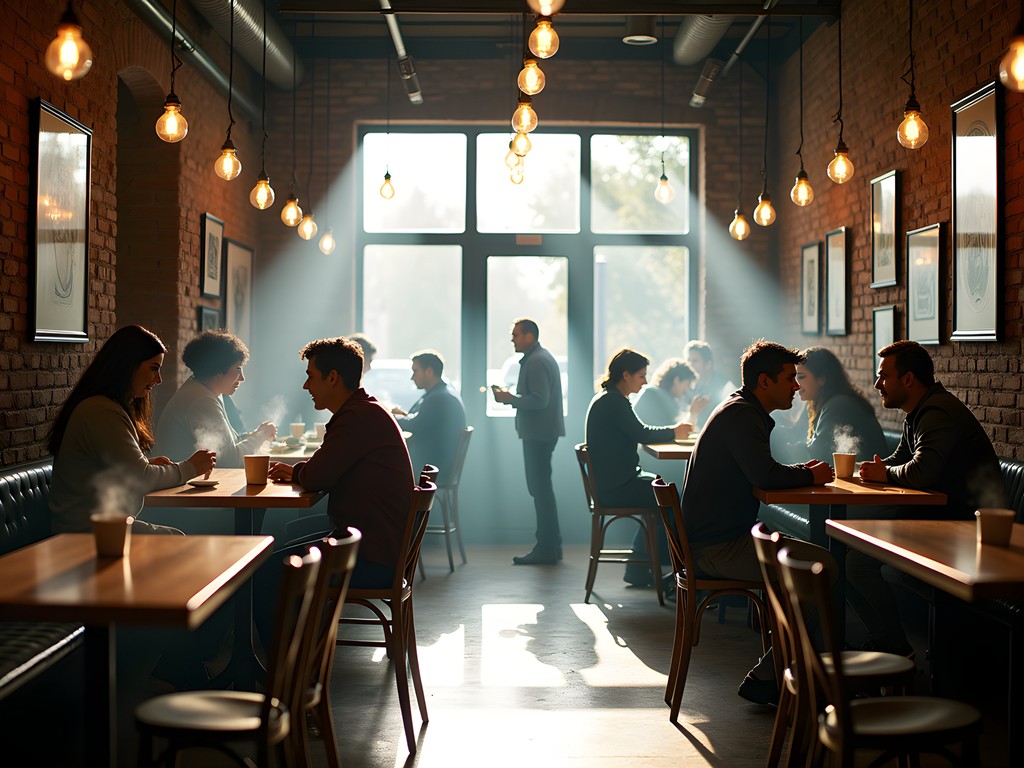
💡 Pro Tips
- Visit The Caffeinery on weekday mornings if you need wifi, but embrace the disconnection on weekends
- Ask baristas for local recommendations—they're often more valuable than any guidebook
- The Cup offers student discounts, but their 'pay-it-forward' board allows anyone to contribute to someone else's beverage
White River Wisdom: Nature's Healing Pathways
My father often says that water carries the memory of all it touches. Perhaps this explains why Muncie's White River and its surrounding trails offer such profound grounding energy. While tourists might overlook these spaces, locals understand their restorative power.
The Cardinal Greenway extends like a lifeline through the city and beyond. This rails-to-trails project has transformed former industrial pathways into spaces for movement meditation. Early mornings reveal locals practicing tai chi in pockets of sunshine, while evenings bring families walking mindfully together—a communal breathing exercise without the commercialization that often accompanies wellness practices.
For a more immersive experience, Prairie Creek Reservoir just outside Muncie proper offers a water sanctuary where time seems to expand. Here, I joined a local family for sunrise kayaking, an invitation extended spontaneously at a café the previous day. As we paddled silently through morning mist, watching herons rise from still waters, I understood why residents protect this knowledge—some experiences remain sacred precisely because they aren't packaged for mass consumption.
I captured these moments with my waterproof camera, which proved invaluable when our kayak dipped unexpectedly in the shallows. The ability to document these experiences without worry allowed me to remain present while preserving memories of these healing waters.
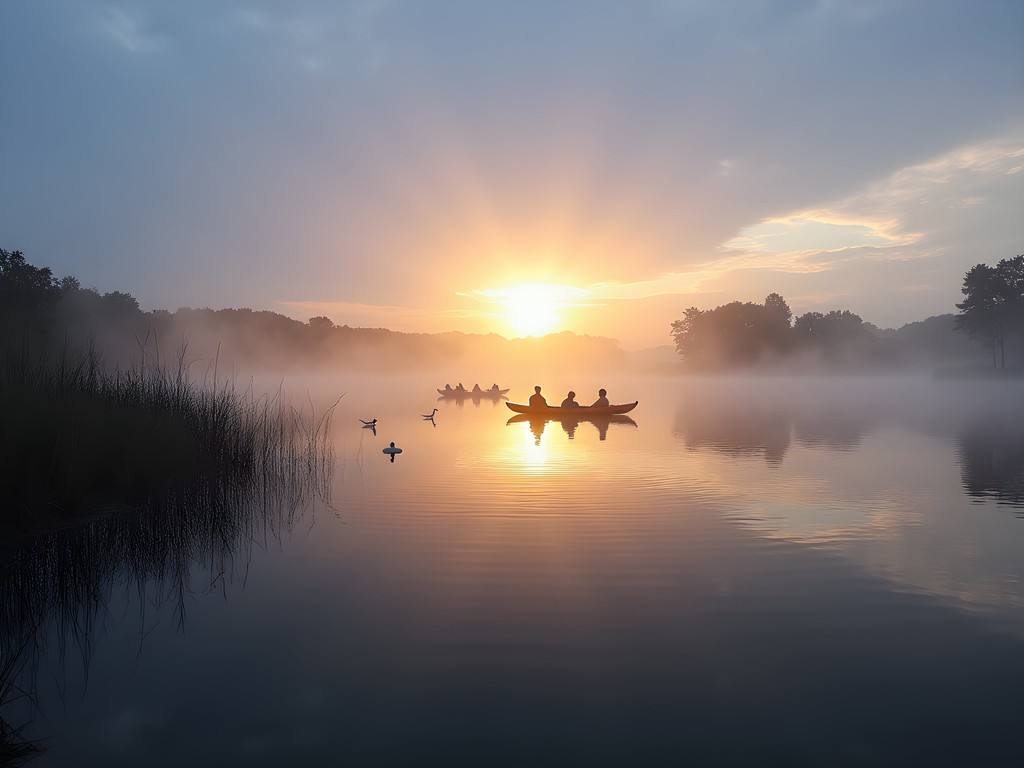
💡 Pro Tips
- Rent kayaks at Prairie Creek Marina for reasonable hourly rates—go early to avoid afternoon winds
- The Cardinal Greenway is best experienced by bicycle—locals recommend starting at the Wysor Street Depot
- Bring water and snacks as amenities are limited along these natural pathways
Culinary Heritage: Where Food Tells Stories
In Ayurvedic tradition, food is medicine—a philosophy that resonates deeply in Muncie's local food landscape, where community-centered eateries preserve culinary heritage while adapting to contemporary needs.
The Downtown Farm Stand serves as both grocery and café, embodying the principle of anna (food) as sacred offering. What appears as a simple market reveals itself as a community hub where farmers and consumers connect directly. Their weekend brunch incorporates seasonal ingredients with minimal processing—a practice my father would appreciate. The owner, Sara, shared stories of working with local growers to preserve heirloom varieties that might otherwise disappear from our collective food memory.
For evening nourishment, Barn Brasserie transforms locally-sourced ingredients into meals that honor both place and season. Their rotating menu reflects what the land offers rather than forcing the land to meet standardized demands. I was particularly moved by their commitment to whole-animal practices, reducing waste in a way that honors the sacrifice of each living being—a mindfulness often absent in modern food systems.
Perhaps most surprising was Dumpling House, an unassuming establishment where three generations work together creating hand-folded treasures. The grandmother, who speaks little English, communicates through food—each perfectly pleated dumpling a testament to knowledge passed through hands rather than books. Watching her work reminded me of my mother's tea ceremony: movements refined through decades of practice until they become moving meditation.
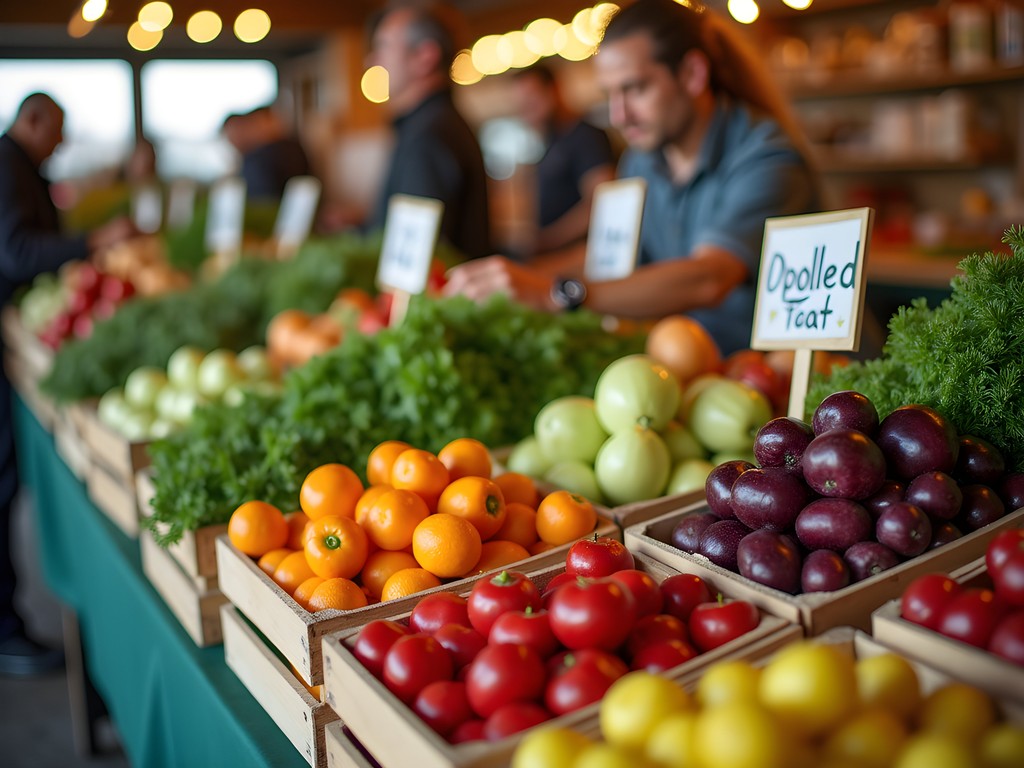
💡 Pro Tips
- The Downtown Farm Stand's prepared foods sell out early—arrive before noon for best selection
- Barn Brasserie requires reservations for dinner service, especially on weekends
- At Dumpling House, ask for the daily specials not listed on the menu—these often feature seasonal ingredients
Mindful Making: Artisan Traditions Alive
In both my father's and mother's cultures, handcraft carries spiritual significance—the maker's energy transfers into objects created with intention. Muncie preserves this connection between hand, heart, and material in ways that surprised and delighted me.
Madjax Maker Force occupies a former industrial building now transformed into collaborative creation space. Here, traditional crafts find contemporary expression as woodworkers, metalworkers, and fiber artists share knowledge across generations. I spent a transformative afternoon in a drop-in pottery workshop where David, a ceramicist with forty years of experience, guided participants through centering clay—a practice he described as "finding the still point within motion." The parallels to meditation were unmistakable.
Nearby, Tribune Showroom showcases finished works from local artisans in a thoughtfully curated space. Unlike commercial galleries, Tribune emphasizes process alongside product, often displaying artists' tools and material studies. This transparency honors the journey of creation rather than merely its completion—a perspective increasingly rare in our outcome-focused culture.
For those seeking to bring mindful practices home, I recommend visiting Harmony Healing Arts Supply. This woman-owned shop offers ethically-sourced materials for various traditional crafts. I purchased a beautiful sketchbook made from recycled materials and locally-printed with natural dyes. It became my companion throughout the journey, collecting impressions and reflections that might otherwise have been lost to digital distraction.
The owner, Mei, shared her philosophy of "slow art"—creating with intention rather than production—which echoes the principles of my mother's tea ceremony practice. In our conversation about mindful making, I felt the familiar resonance of wisdom that transcends cultural boundaries.

💡 Pro Tips
- Madjax offers drop-in workshops most Saturdays—no reservation needed for basic sessions
- Tribune Showroom hosts artist talks on First Thursdays, providing deeper context for the works displayed
- Harmony Healing Arts Supply offers student discounts with ID from any educational institution
Sacred Spaces: Quiet Corners for Contemplation
Every community harbors spaces where the veil between worlds feels thinner—places that invite contemplation and connection to something larger than ourselves. In Muncie, these sacred spaces exist not as tourist attractions but as living sanctuaries where locals go to restore balance.
Minnetrista Cultural Center extends beyond its formal gardens into lesser-known walking paths where native plants create natural medicine. Early mornings reveal practitioners of various movement traditions—yoga, qigong, personal forms—finding space for practice away from commercialized wellness environments. I joined an informal sunrise gathering led by Teresa, a retired professor who has maintained this ritual for twenty years. The group welcomes visitors without expectation, embodying true hospitality.
Christy Woods on Ball State's campus preserves old-growth trees that have witnessed generations of human passage. The greenhouse specializes in native species conservation, but it's the outdoor labyrinth—a walking meditation path—that draws those seeking centered presence. I spent an hour following its circuits with my meditation cushion, which I always carry in my day pack for impromptu practice. Finding this quiet space to ground myself between explorations allowed me to process the rich experiences with greater awareness.
Perhaps most unexpected was Beech Grove Cemetery, where locals walk contemplatively among monuments dating back to the 1800s. Rather than feeling morbid, this space celebrates the continuity of community across time. Massive beech trees create natural canopies for reflection, while benches placed thoughtfully throughout invite visitors to pause. Here, I witnessed an elderly man teaching his granddaughter to identify birdsong—a transmission of knowledge that mirrors how traditional wisdom passes through generations.
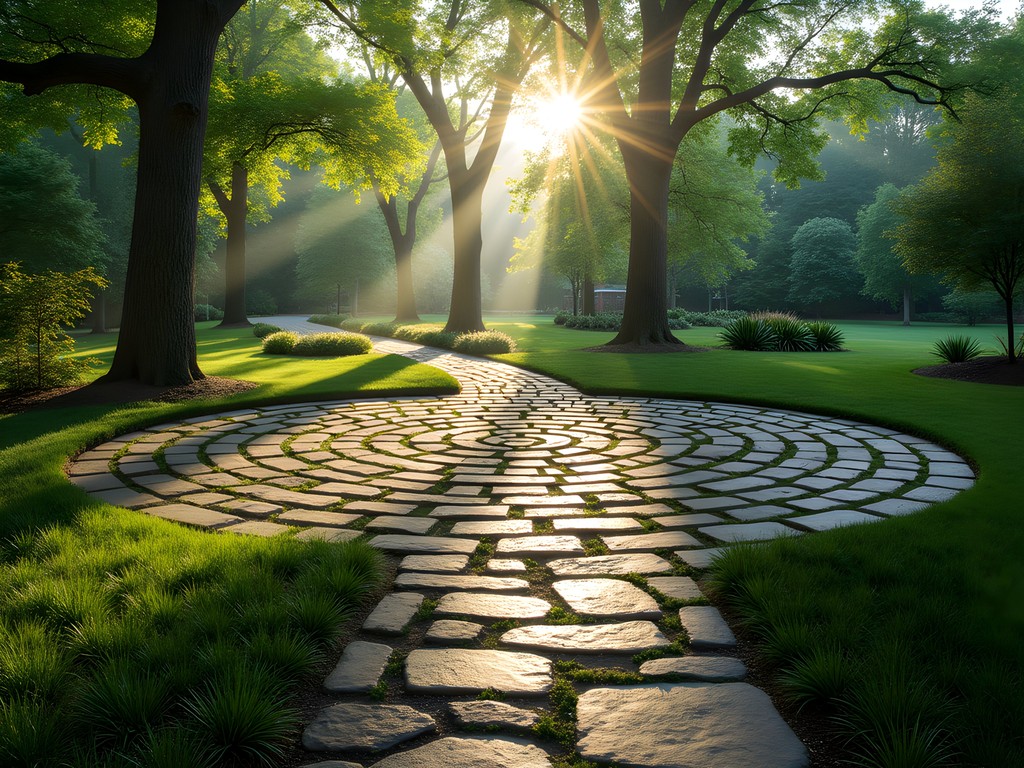
💡 Pro Tips
- Visit Minnetrista's gardens at opening time (9am) to experience morning quiet before crowds arrive
- Christy Woods labyrinth is most peaceful on weekday afternoons when classes are in session
- Beech Grove Cemetery welcomes respectful visitors until dusk—enter through the main gate and obtain a free walking tour map
Final Thoughts
As I boarded my bus back to Nashville, I carried with me not souvenirs but sensations: the earthy scent of rain-soaked trails along the White River, the warmth of handmade ceramics shaped by generations of local knowledge, the taste of foods grown in Indiana soil and prepared with intention. Muncie revealed itself not through attractions but through interactions—each conversation a doorway into understanding how place shapes people and people shape place. This reciprocal relationship forms the foundation of authentic community, something increasingly precious in our disconnected age. If you seek Muncie's true essence, come with open hands and an attentive heart. Listen more than you speak. Accept invitations extended spontaneously. Most importantly, resist the urge to merely consume experience—instead, participate in the quiet exchange that happens when we approach a place with reverence for its wisdom. The hidden gems of Muncie aren't places to be checked off a list but moments of connection waiting to be discovered by those willing to move at the pace of trust.
✨ Key Takeaways
- Authentic travel experiences come through community connections rather than tourist attractions
- Muncie's true treasures are its people and their willingness to share local knowledge
- Sacred spaces exist in unexpected places—from cafés to cemeteries—when approached with mindfulness
- Slow down to discover the rhythms of local life rather than rushing through a checklist of sights
📋 Practical Information
Best Time to Visit
Late spring through early fall (May-September)
Budget Estimate
$200-300 for a weekend (accommodations, food, activities)
Recommended Duration
2-3 days
Difficulty Level
Intermediate

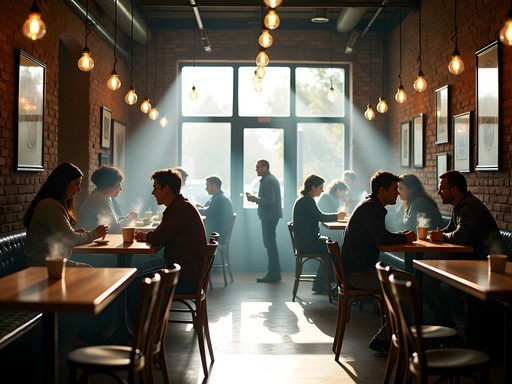
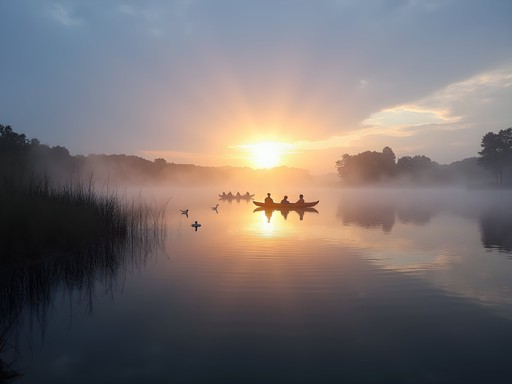
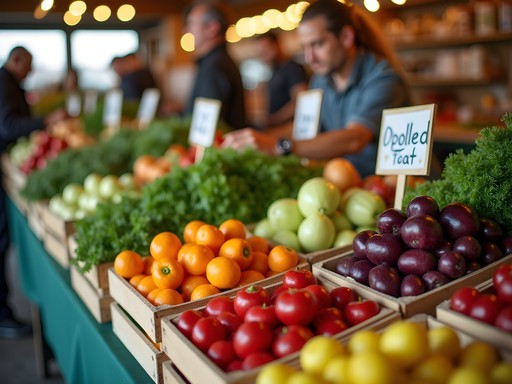
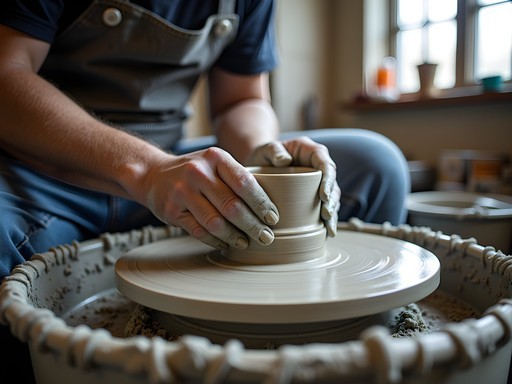
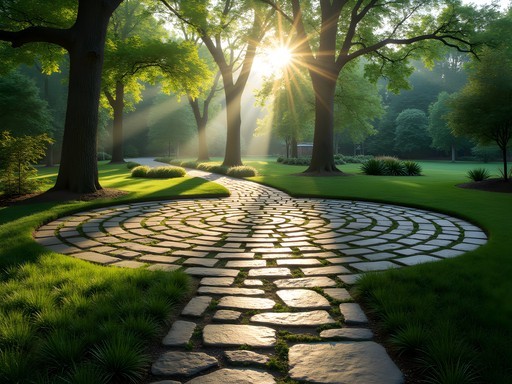



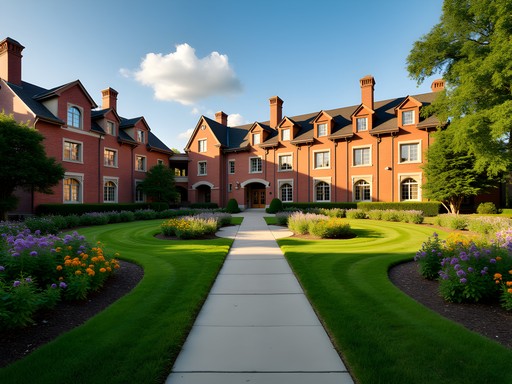





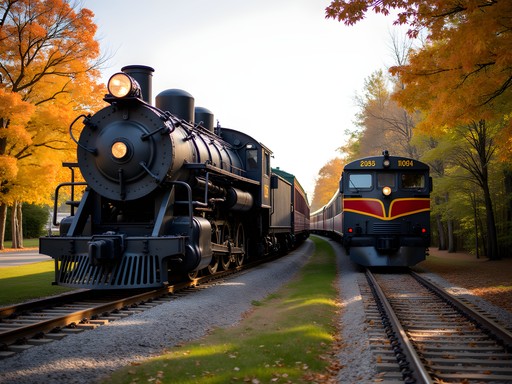
Comments
wildzone
Born and raised in Muncie and you nailed it! Don't forget Concannon's bakery - their donuts are legendary around here!
Jean Wells
As someone who has extensively documented the intersection of Eastern and Western cultural perspectives, I found your dual-heritage observations of Muncie particularly insightful. The parallels you drew between Midwestern community rituals and Japanese concepts of gathering resonated with my own experiences. I visited Muncie briefly in 2024 while researching my book on post-industrial American communities. I would add Minnetrista cultural center to your list - their farmers market on Saturdays provides another fascinating window into local food traditions. The glass art demonstrations there also connect beautifully to the region's manufacturing history. Your writing captures that elusive quality of place that quantitative travel guides often miss.
Priya Takahashi
Thank you, Jean! I completely agree about Minnetrista - I actually visited the farmers market but had to cut that section for length. Your book sounds fascinating - is it published yet?
greenninja
Those artisan pottery studios sound amazing! Adding to my list.
adventurebuddy
This is so different from the usual travel blogs! I'm road tripping through Indiana next month. Did you need a car to get to those White River trails or is there public transport?
wildzone
Not the author but I'm from Muncie - MITS bus system can get you close to Cardinal Greenway trailheads, but having a bike is ideal. I use my folding bike when I visit family there. Perfect for those trails!
adventurebuddy
Thanks for the info! Will look into bike rentals.
Taylor Moreau
Fascinating perspective on Muncie! I was there for a business conference last year and completely missed these local gems. The White River trails sound particularly inviting - I always try to find natural spaces when traveling for work as they provide such necessary balance. Your observation about the 'quiet wisdom' of the Midwest resonates deeply. These smaller American cities often have rich cultural tapestries that go unnoticed by those of us who typically stick to coastal hubs. I'll be back in Indiana next quarter and will certainly extend my stay to explore some of your recommendations.
travelhero
Never would have thought of Muncie as a destination! You've got me curious now.
freerider
Priya, which of those cafés you mentioned has the best wifi for digital nomads? Thinking of spending a week in Muncie this fall.
Priya Takahashi
The Caffeinery downtown has fantastic wifi and plenty of outlets. They also don't mind if you camp out for a few hours as long as you keep ordering their amazing pour-overs!
freerider
Perfect! Thanks for the tip. Adding it to my list.
globegal
Just got back from Muncie after reading your post! The White River trails were magical in early morning fog. We stayed 3 days longer than planned because we loved the pace. That pottery studio you mentioned was offering weekend workshops, and my daughter made the cutest mug! Also discovered a tiny bookstore that serves tea while you browse - it's called Bound & Brewed, tucked behind the courthouse. The owner recommended some great local history books. I used my travel journal to document all the local recommendations. Thanks for putting Muncie on our radar, Priya!
escapebuddy
Heading to Muncie next month for a family reunion! Which of those cafés had the best breakfast? And is the White River trail system good for older folks with moderate mobility?
Priya Takahashi
The Noble Brew has amazing breakfast sandwiches! For the White River trails, the Cardinal Greenway portion is paved and fairly flat - perfect for all mobility levels. There are benches every quarter mile too.
globeguide
Second the Noble Brew rec! Get there before 9am on weekends though - locals pack it out!
Dylan Turner
Priya, your anthropological approach to Midwestern towns continues to impress. What fascinates me about places like Muncie is how they represent a microcosm of America's transition from industrial centers to finding new identities. I visited last year while researching my series on university towns and found the contrast between Ball State's campus energy and the town's manufacturing history particularly compelling. The White River trails you mentioned offered surprising biodiversity - I spotted 17 bird species during a morning walk. Did you happen to visit the glassblowing studio downtown? Their sustainability initiatives are remarkable for a small city.
Venture X
Premium card with 2X miles, $300 travel credit, Priority Pass